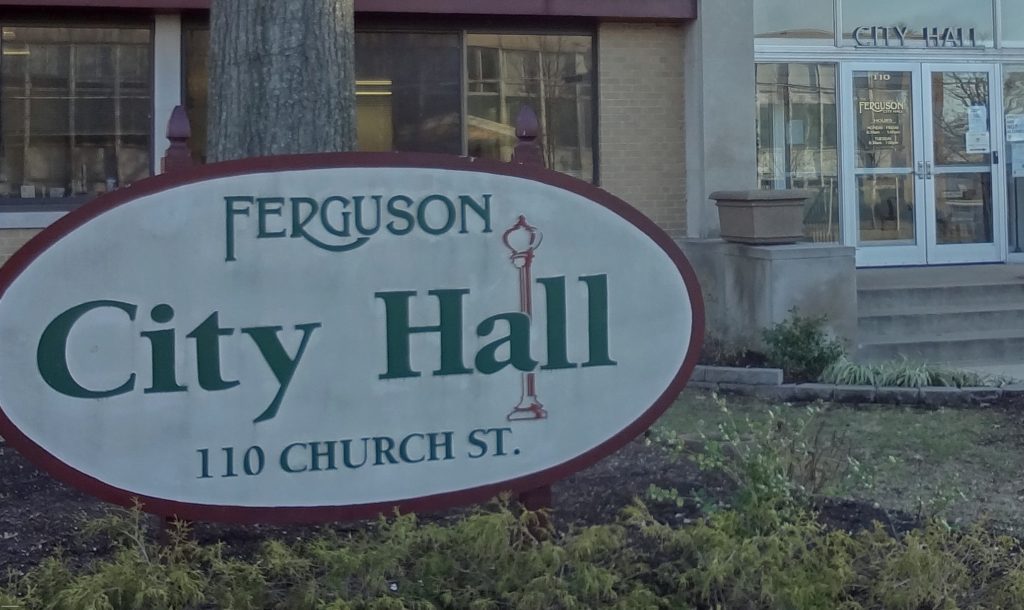Focus Policy Blog

Ferguson and Black Turnout in Local Elections
Today residents in Ferguson, Missouri go to the polls.
Many—from the National Urban League to the U.S. Supreme Court in Shelby County v. Holder—focus on high black voter turnout in the 2008 and 2012 presidential elections as a sign of political parity between African-Americans and whites (Asian American and Latino citizen voting age population turnout trails both Black and white turnout).
Turnout in local elections, however, may tell a different story. Check out the excerpt below from pages 12-13 of the recent Joint Center report “50 Years of the Voting Rights Act: The State of Race in Politics” by Professors Khalilah Brown-Dean, Zoltan Hajnal, Christina Rivers, and Ismail White:
While it is important that we focus on closing a black/white turnout gap in federal elections, we should not ignore disparities in local elections. Local elections are fundamentally different. Presidential general election turnout is typically 60% of the voting-age population, but local election turnout averages 27% and in some cases is less than 10%.
Most local offices are non-partisan, and political parties generally lack incentives to invest significant resources on turnout for local elections, most of which are held on different dates than federal and state general elections. As overall turnout declines in local elections, the electorate may become less representative of the racial diversity of the community as a whole.
For example, in 2014, when there was great unrest over a police officer’s killing of Michael Brown, African Americans made up 67% of residents of Ferguson, Missouri. In 2012, a solid 100% of Ferguson precincts went for President Obama, but during Ferguson’s municipal off-cycle elections voters selected Ferguson’s Republican mayor and six city council members, all of whom except one were white. Some have speculated that the drop in turnout from the 2012 November presidential election (54% turnout) to the 2013 April municipal election (12% turnout) produced a much less diverse electorate, with lower turnout among African Americans.
[Footnote: Brian Schaffner, Wouter Van Erve and Ray LaRaja, How Ferguson Exposes the Racial Bias in Local Elections, The Monkey Cage, August 15, 2014 (asserting, based on inconclusive data from an algorithm produced by Catalist that predicts race based on individuals’ names, ages, and geographic locations, that white and African American residents of Ferguson were almost equally likely to vote in the 2012 presidential elections (55% and 54% respectively), but that whites were almost three times more likely (17%) than African Americans (6%) to vote in the April 2013 municipal elections). Low black turnout is not the only variable in the Ferguson analysis. The availability of alternative candidates who are the candidates of choice of African American voters is also relevant.]
Questions of low turnout among African Americans in local elections deserve further study. Local officials make up the vast bulk of all elected officials nationwide, and they oversee local police, court systems, schools, economic development, and the allocation of over $1.6 trillion per year. . . . African Americans are extremely underrepresented in local offices (they account for 12.5% of the citizen voting age population but only 5.7% of city council seats).
[Footnote: Zoltan Hajnal, America’s Uneven Democracy: Race, Turnout, and Representation in City Politics 49 (2010). See also Richard Fausset, Mostly Black Cities, Mostly White City Halls, NY Times, Sept. 28, 2014 (observing that “among 340 American cities where more than 20 percent of the population is black, two had councils on which blacks were overrepresented compared with their population; 209 were within one seat of their population, and 129 underrepresented blacks by more than one seat.”) citing data and analysis provided by International City/County Management Association and Professor Jessica Trounstine; Zoltan Hajnal, America’s Uneven Democracy: Race, Turnout, and Representation in City Politics 79 (2010) (showing that in cities where they represent 5 percent or more of the population, Latino representation on city councils averages 13 points below parity, Asian American 9 points below, and African Americans 8 points below).]
As of the 2010 census, more than half of African Americans, Latinos, and Asian Americans in large metro areas live in the suburbs, and these recent demographic changes may contribute to a mismatch between suburban elected officials and suburban residents.

